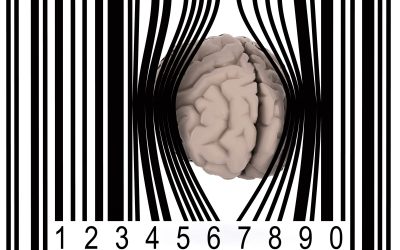As the digital world becomes increasingly saturated with marketing content, it has never been more important to engage in targeted promotions. Adapting your marketing strategy to suit a target audience will ensure your core brand message gets through to the people willing to listen, rather than drowning in a sea of noise.
So, how should you go about identifying the needs of your target audience? Fleshing out a few realistic buyer persona is a good place to start.
What is a buyer persona, and how do they benefit businesses?


There is no comprehensive set of buyer persona examples, as every business serves a unique set of customers. However, there are several broad ways that customers can be grouped, including by:
Age
Under which generation(s) do most of your customers fall? Members of Generation Z live very different lives to Baby Boomers, after all.
Location
In which time zones do your key customers live? If you have customer all over the world, remember to send your marketing emails in targeted batches.
Income
How much money is your audience willing to spend? Are you trying to sell luxury or affordability?
Language
Try not to assume that all of your customers speak English. Do you have the resources to release marketing materials in different languages?
Interests
Gather and analyse data about your audience’s hobbies and habits. Are they regular TV watchers, eco-warriors, fashionistas, wine connoisseurs, or bookworms? Understanding these kinds of details could help you to build a marketing strategy that truly resonates.
Life stage
Are your customers university students, new parents, or retired adults? People in different life stages tend to face unique challenges and concerns.
Here is a customer profile example that may prove helpful if you were coming up with content marketing strategies for, say, a trendy new coffee outlet:

BUYER PERSONA
Name: Candice
Age: 25
Location: London
Finances: £20,000-£35,000 per year
Influenced by: Friends, inspiring women, and social media trends
Hobbies: Writing short stories, baking, and running
What she’s looking for: Somewhere to relax and unwind after a
day in the office
Cart abandoners
This user persona is very common (and frustrating!) You will need to consider how to convert them using breath-taking content marketing strategies and email campaigns.
First-time buyers
This is a precious customer persona you will need to nurture with special offers and impeccable customer service.
Bouncers
Bouncers tend to be impatient and unwilling to wait for sites to load or fill out lengthy forms. They can potentially be won over by improving your website’s user experience.
Passive browsers
These users tend to browse sites without making purchases. Marketers will need to consider how they can be encouraged to part with their money.
Impulse buyers
Perfect candidates for upselling!
How to define your perfect marketing personas using AI
If your business is fairly new, it is possible to come up with a few reasonable buyer personas based on the unique selling points of your goods and services. If you’re promoting kids’ clothing, for example, it’s fairly obvious that your key customer persona is a parent. However, to truly understand your audience and their motivations, there are several AI analytics tools out there to help refine your marketing strategy.
Such tools work by harnessing anonymised data from sites such as Google Analytics and using it to come up with detailed user personas. Most are capable of honing the marketing personas using industry-specific insights and segmenting the abstract personas according to factors such as purchasing behaviour.
Investing in this kind of technology could save your marketing team a huge amount of time and effort. What’s more, it will constantly update your buyer personas in line with changing consumer demands and market conditions.

How many target personas should you have?
Although the purpose of a customer persona is to narrow a business’s marketing focus, you may require two or three to fully account for your entire demographic base. You may, for example, need several product lines that speak to the demands of vastly different age groups, professions, or hobbyists.
Coming up with distinct and separate buyer personas to suit their different needs will help you hone your marketing techniques. It is worth noting, however, that creating too many buyer personas could make your brand strategy seem confused and incoherent.
Start understanding your ideal customer today!
As we’ve mentioned before, understanding your target audience via buyer personas is a fundamental part of any effective marketing strategy.
If you need help building AI-informed content marketing strategies that resonate with your core base of customers, Allsopp Media is here to help. Book your free 30 minutes no obligation call with us today to find out more and get started.




